|
After a busy couple of weeks I decided it was time for a bit of a break. There's been lots of dyeing, lots of behind the scenes admin, and it was time to go and breath some fresh air. It's tempting to say this landscape is wild, but its not. That funny lump in the middle of the grass is a conifer seedling that's escaped being eaten by the sheep. The conifer plantation is just over the hill, and is very much a man made addition to the landscape. Then there are the sheep, the hillsides round here have been shaped by generations of grazing, and even at such low stocking densities they have an impact. This is looking out at The Rhinogydd, and in the far distance we could just spot Snowdon. We were only out for the morning, and you can see the weather front we were aiming to avoid rolling in from the coast. The air up here is incredibly clean, we're a long way away from any major cities and roads, so the lichen covers the walls and trees. The dogs love these hilly walks, and enjoy bounding through the long grass, tussocks, and marsh far more than their humans. Gwen surveyed all she could see... and then spent the afternoon pinning me to the sofa while she slept off her exertions!
January is a month that requires a real rolling up of the sleeves, and a head down, ploughing onwards approach. It always feels like there's so much to do, and in order to get it done I have to get a bit selective. Blogging, however much I love it, is one of those things that tends to slip down the priority list. One thing that never slips off the list however is spinning. It's an unusual evening when I don't spin for at least half an hour. When you add up all those little chunks of spinning time you end up with a pile of skeins quite quickly. Recently I've been enjoying playing around with other dyers fibres... I know, shocking. But I think of it as a bit like being a professional chef, and still going out for a meal. It's not that you can't cook it for yourself, just that sometimes it's nice for someone else to do the heavy lifting, and the washing up! I also view it as a bit like professional development. I'll try fibres that I don't stock, and also get to play around with colour combinations that I wouldn't normally dye. I purchased a few braids in a de-stash recently. All from American dyers, and all had been stored for probably longer than was advisable. The fibre wasn't unspinnable, but just starting to get "tight" around the edges. Fibre, particularly Merino, starts to compact once it's been processed. It's not the same as felting, because with a little helping hand you can start to fluff things back up and get everything sliding again, but it does make the spinning experience less pleasurable than spinning fresh fibre. Going back to the food analogy, you can eat mussels the day before their Use By date, but they will have tasted better when they came fresh out of the sea. When I get a braid of new fibre out, particularly one from a dyer I've not spun before, I nearly always completely un-braid it. I want to see how much of the colours are present, and in what order. I try and work out how it's been dyed, because that helps me decide on what sort of yarn to spin. This braid had been dyed with blocks of colour, in a repeating style. That means if I just spun from one end to the other, and chain plyed it I'd end up with a yarn that striped. If you completely un-braid the fibre and lay it out in a zig-zag you can usually find the repeat points. This is a rough sketch, but gives you an idea about how dyers usually lay out fibre before applying dye. This Three Waters Farm braid had been dyed with really long colour repeats, the pattern only repeated itself 3 times along the 4oz length of combed top. The colours were pretty pale, so I decided I don't want to mix them up, and the nature of the long, triple repeat meant it was begging to become a proper 3 ply yarn. I split the fibre in to 3 pieces, and spun 3 bobbins where the colours repeated in the same order on each one. So that should mean that as I ply, the colours from all 3 bobbins should line up... Et Voila! One 3 ply yarn, with bands of colour. Something that beginner spinners seem to get in a pickle with is this lining up business. Look closely... there are sections where there are strands of different colours that meet. That's ok, it will soften the transitions, and I was fine with that. This is not perfect yarn, because I am not a perfect spinner. I spin for pleasure, and that means I spin while relaxing, and occasionally that means I'm not really concentrating. I'm ok with that, and the consequences that leads to in my yarns. I knit a lot with my handspun, and those fractional variations have very little impact on the finished fabric. It's also worth noting that commercial processing is not perfect. I know from handling a lot of combed top that sometimes the thickness varies along the length, it might have been a minor issue with the machine as the combing was done. Or the dyer might not have been exactly even as the fibre was laid out, and the dye applied. So uneven sections of colour is not something to feel embarrassed about, you've not necessarily done anything "wrong". So, when plying, what to do when the colours stop lining up... Break the single that's lagging behind, pull it off from the bobbin until it catches up, and rejoin. It might seem wasteful, but those little balls weigh only 4g (from a 113g braid), and mean I got the yarn I wanted. If I'm feeling frugal I sometimes keep them to one side until I've knitted the yarn, just in case I run short on a bind off.
To re-join you over lap your 2 ends by a three or four inches, trapping them with the other singles. You end up with a small section of yarn that is 1 ply thicker, but it's not noticeable, and produces a nice string join. |
Archives
January 2024
Categories
All
|
Hilltop CloudHilltop Cloud- Spin Different
Beautiful fibre you'll love to work with. Established 2011 VAT Reg- 209 4066 19 Dugoed Bach, Mallwyd, Machynlleth,
Powys, SY20 9HR |

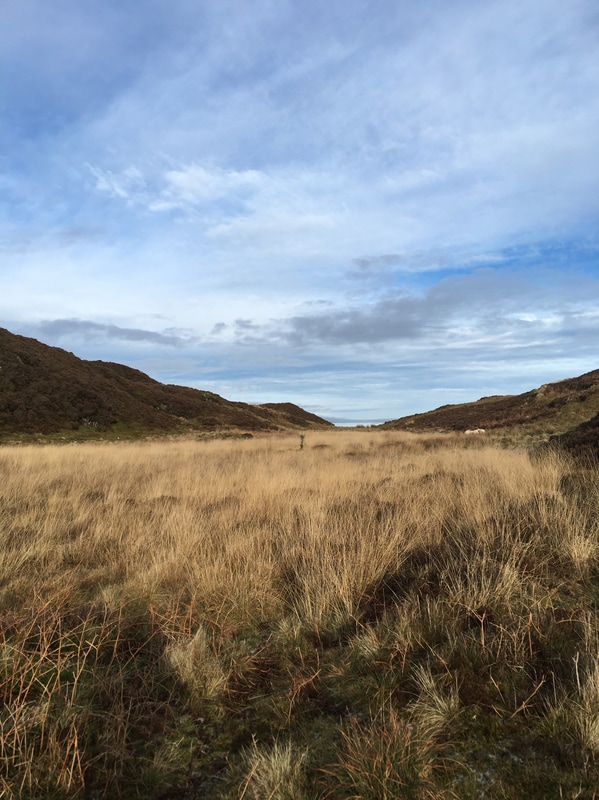
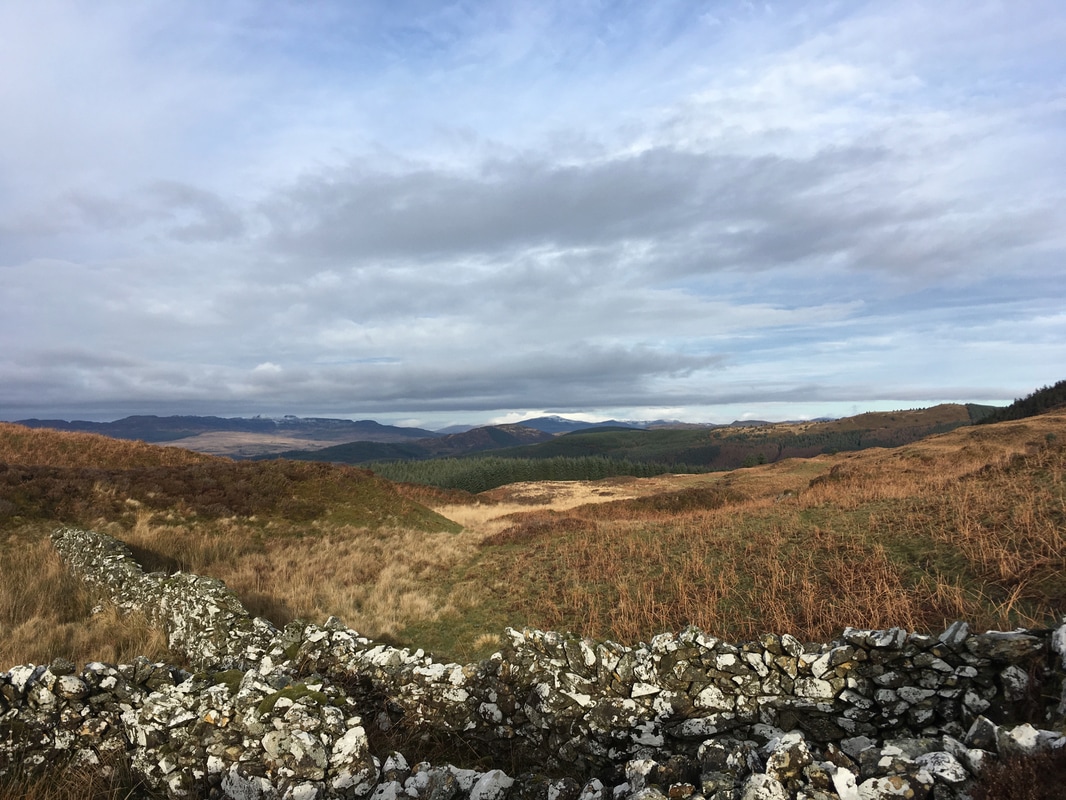
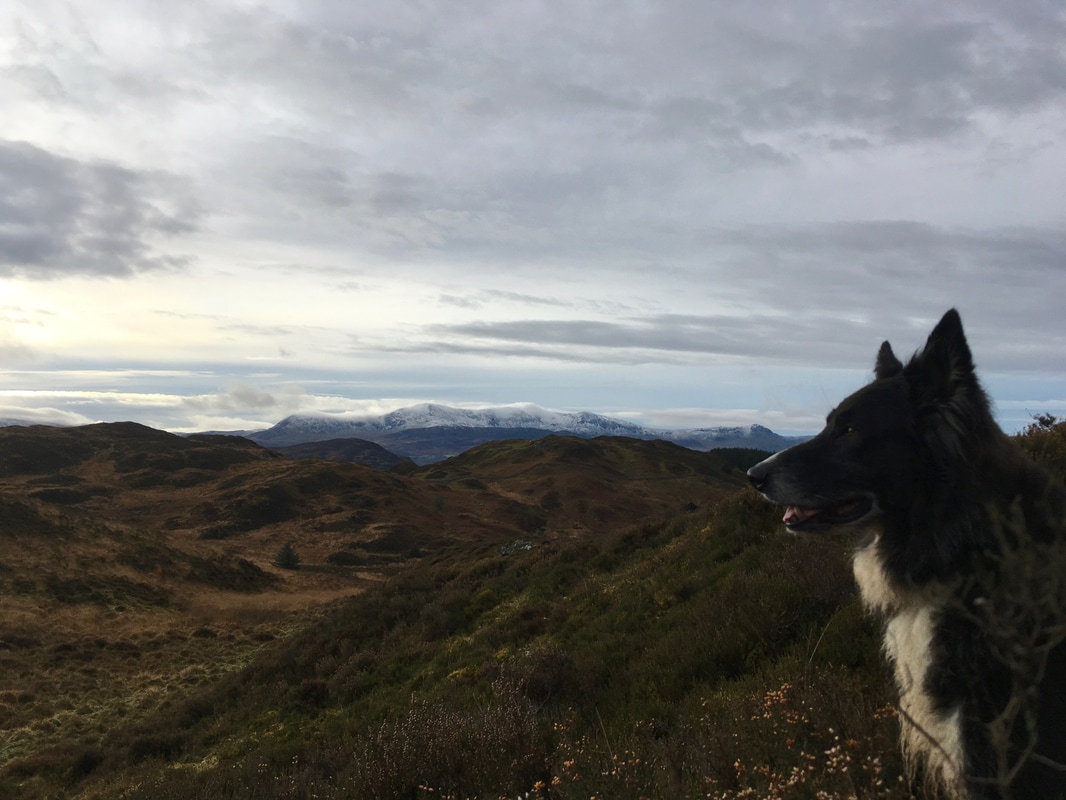
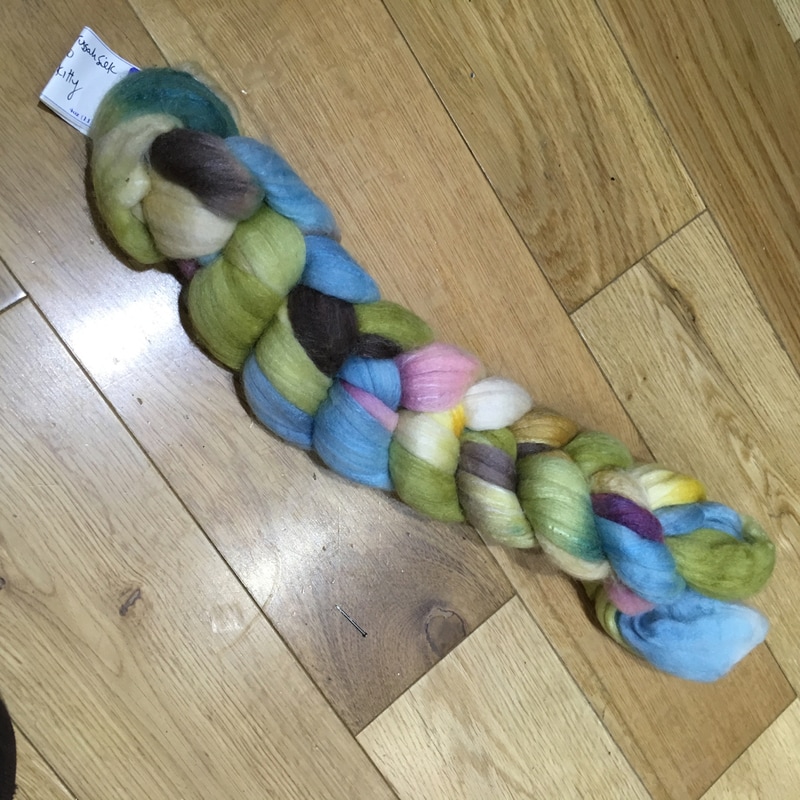
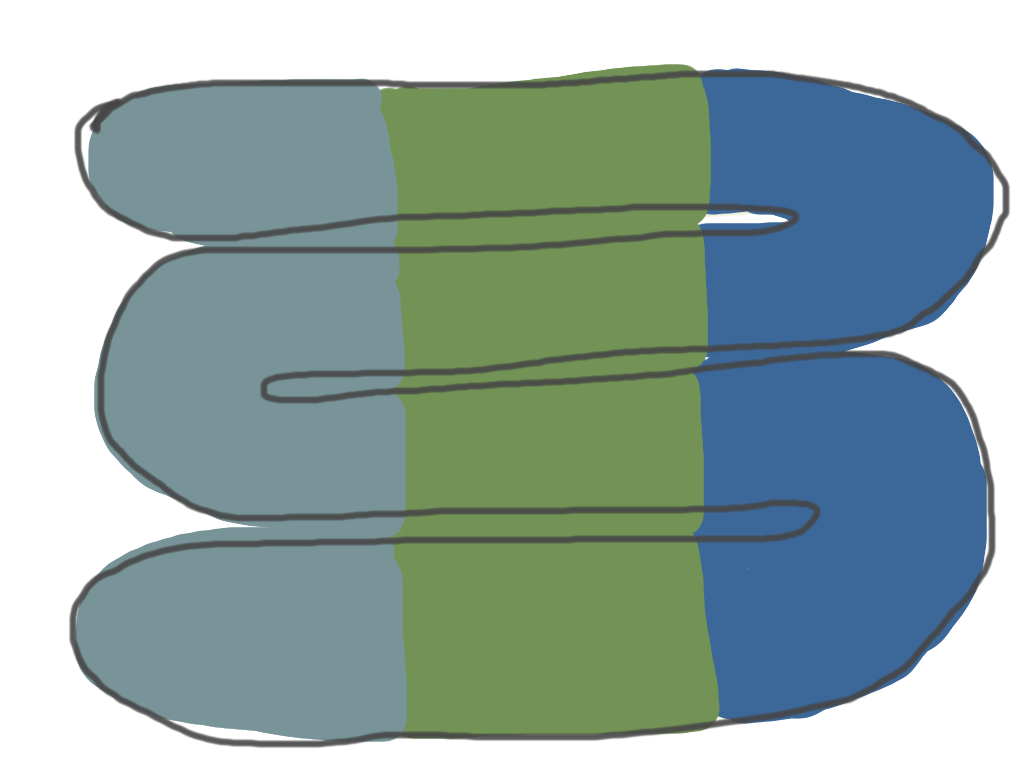
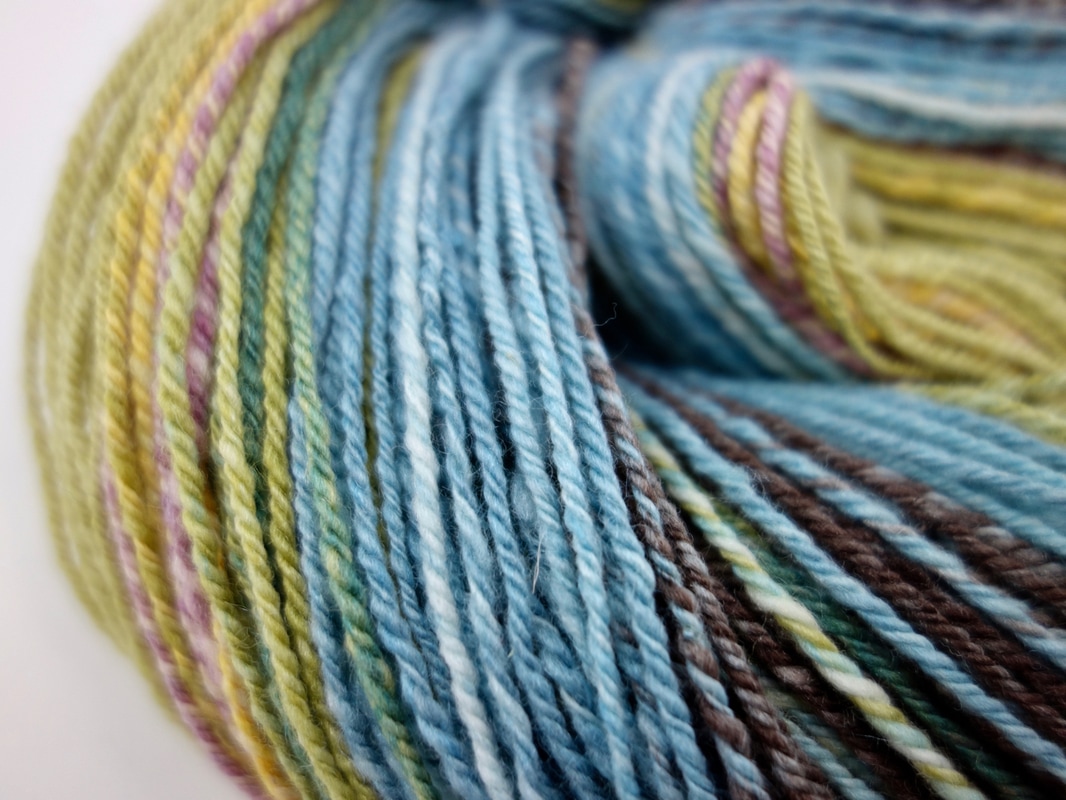
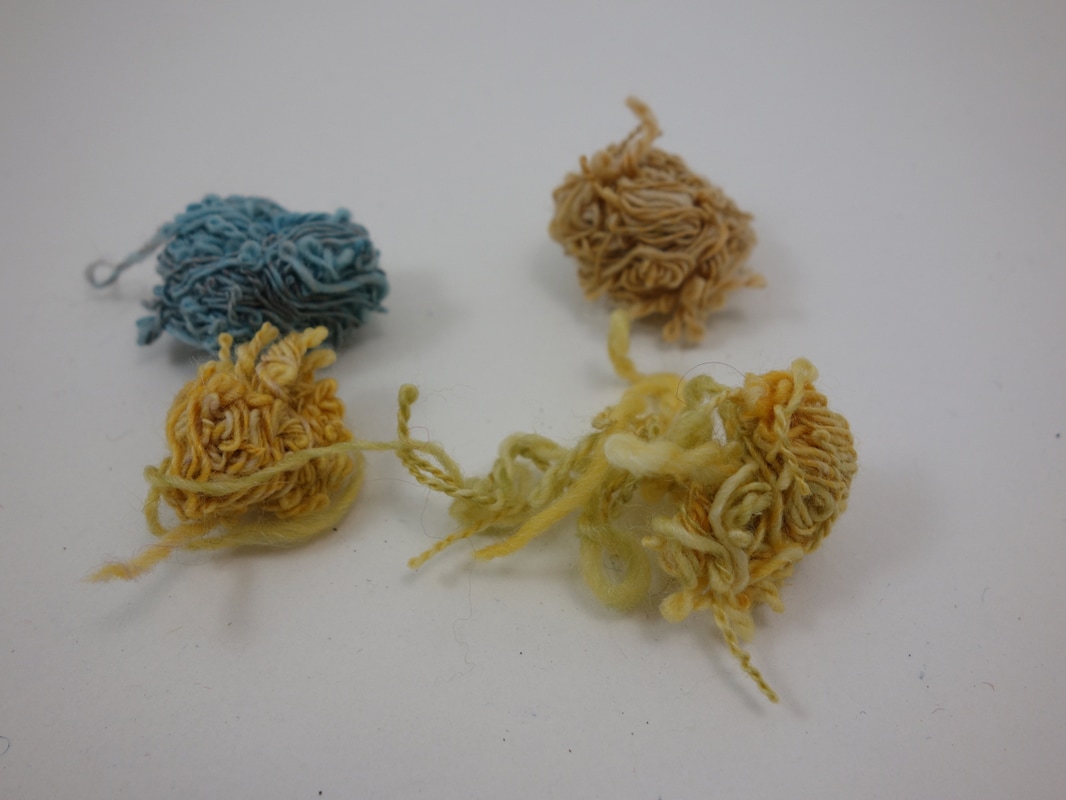
 RSS Feed
RSS Feed


